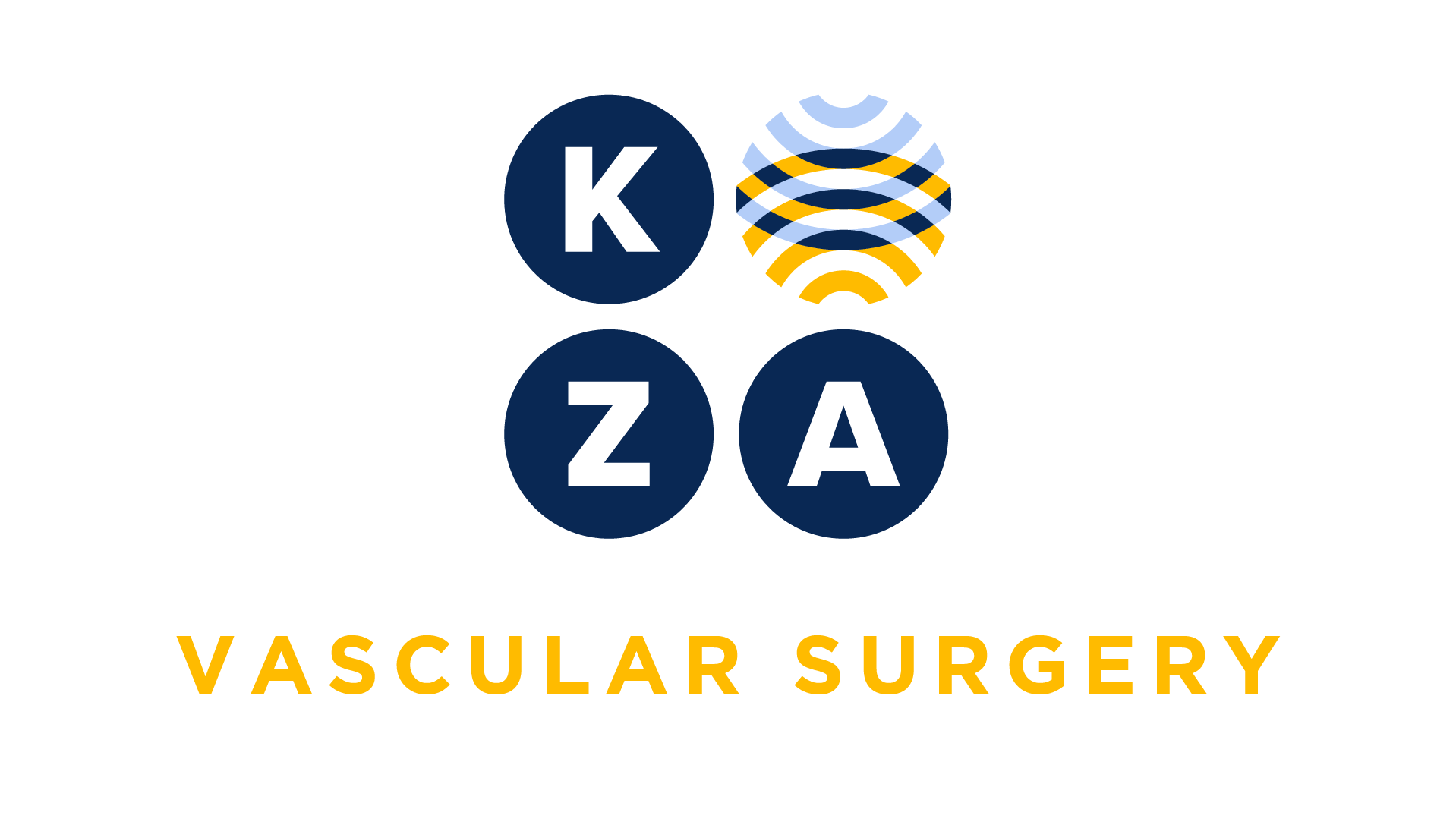
Choose your specialty from the list below to see how our experts have tackled a wide range of client questions.
Looking for something specific? Utilize our search feature by typing in a key word!
Documenting Assistant Surgeon
When acting as an assistant surgeon, should I dictate a separate operative note?
Question:
When acting as an assistant surgeon, should I dictate a separate operative note?
Answer:
No. In a scenario with a primary and assistant surgeon, only the primary surgical dictates the operative note. Importantly, in that note, the specific role of the assistant must be documented. This should be more specific then, Dr. Jones assisted in a complex surgery. The specific activities performed must be documented. For example, Dr. Jones assisted with the exposure, vessel clamping , anastomoses of the inflow and outflow vessels.
EVAR and Co-surgery
My vascular surgeon partner and I performed an EVAR together. Is this reported as co-surgery?
Question:
My vascular surgeon partner and I performed an EVAR together. Is this reported as co-surgery?
Answer:
Co-surgery is defined as two surgeons doing distinct and separate parts of a single CPT code. The intent is that the two surgeons have different skill sets; be of a different surgical specialty. You and your partner jointly performing an EVAR, would be reported as primary and assistant.
Billing an Aortogram with a Renal Angiogram
An aortogram and renal angiogram are performed and documented. Can both be billed?
Question:
An aortogram and renal angiogram are performed and documented. Can both be billed?
Answer:
No, an aortogram is included in the renal angiogram. Report only the renal angiography, 36251, unilateral or 36252, bilateral for selective catheter placement ( in the main renal artery).
| 36251 | Selective catheter placement (first-order), main renal artery and any accessory renal artery(s) for renal angiography, including arterial puncture and catheter placement(s), fluoroscopy, contrast injection(s), image postprocessing, permanent recording of images, and radiological supervision and interpretation, including pressure gradient measurements when performed, and flush aortogram when performed; unilateral |
| 36252 | bilateral |
Vessel Exploration
What code is used to make an incision over the femoral artery to evaluate for injury, and explore it without any repair?
Question:
What code is used to make an incision over the femoral artery to evaluate for injury, and explore it without any repair?
Answer:
Use code 35703, Exploration not followed by surgical repair, artery; lower extremity (eg, common femoral, deep femoral, superficial femoral, popliteal, tibial, peroneal)
Coding Thrombolysis Infusion and Stent
A patient with a clot in the femoral artery had overnight infusion of thrombolytics. When the catheter was removed the next day, the doctor place a stent in the same artery, the superficial femoral . can both be billed?
Question:
A patient with a clot in the femoral artery had overnight infusion of thrombolytics. When the catheter was removed the next day, the doctor place a stent in the same artery, the superficial femoral . can both be billed?
Answer:
Yes, the removal of the catheter, 37214 is billed in addition to stent placement as shown below. There is no NCCI edit for these two codes
37226 Femoral stent
37214-51 Removal of thrombolytic catheter
E&M Coding Based on Time
When choosing the level of E&M we are confused about the History and Exam. If we choose a level of E&M based on time, does this time count toward total time, or is it only time spent on MDM?
Question:
When choosing the level of E&M we are confused about the History and Exam. If we choose a level of E&M based on time, does this time count toward total time, or is it only time spent on MDM?
Answer:
When choosing a level of E&M based on time, CPT identifies the following activities as those that may contribute to total time on the date of service. As displayed below in bold font, obtaining the history and performing the exam contribute to the total time for code selection. These activities occur on the same day as the actual encounter to contribute to the level of service.
Physician/other qualified health care professional time includes the following activities when performed:
- preparing to see the patient (eg, review of tests);
- obtaining and/or reviewing separately obtained history;
- performing a medically appropriate examination and/or evaluation;
- counseling and educating the patient/family/ caregiver;
- ordering medications, tests, or procedures;
- referring and communicating with other health care professionals (when not separately reported);
- documenting clinical information in the electronic or other health record;
- independently interpreting results (when not separately reported) and communicating results to the patient/family/caregiver; and
care coordination (when not separately reported).
Do you have a Coding Question you would like answered in a future Coding Coach?
If you have an urgent coding question, don't hesitate to get in touch with us here.

